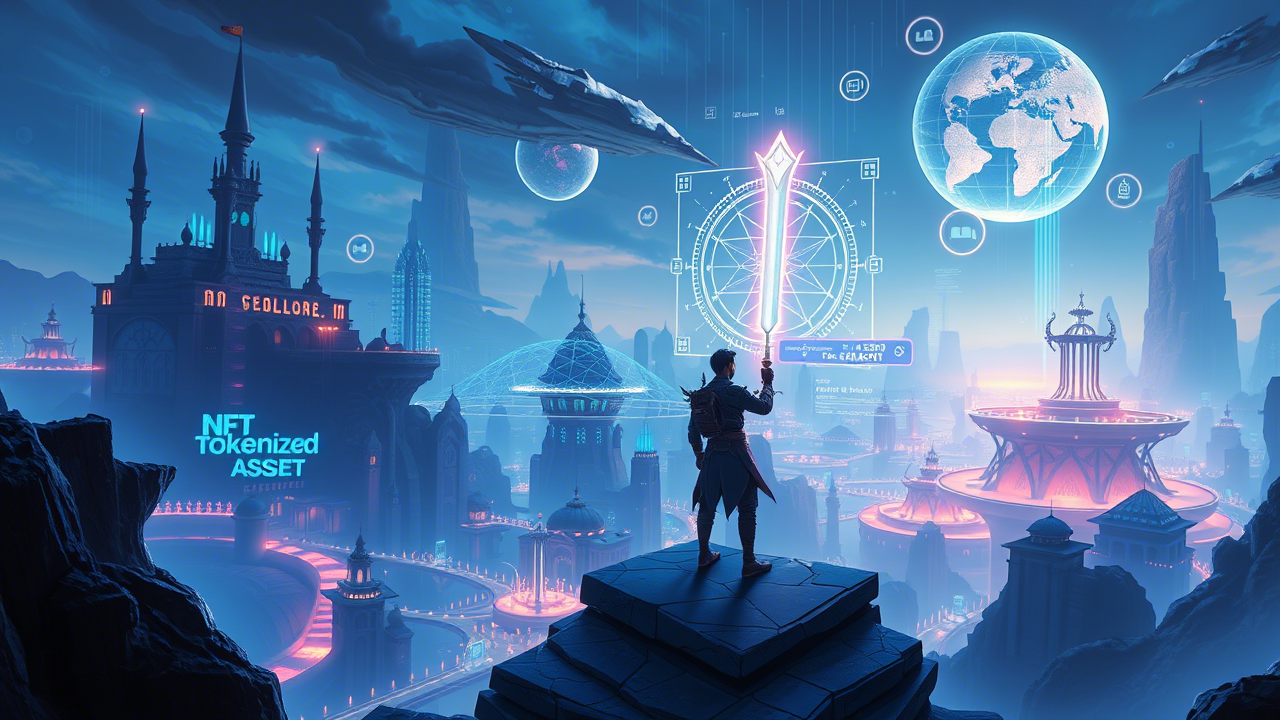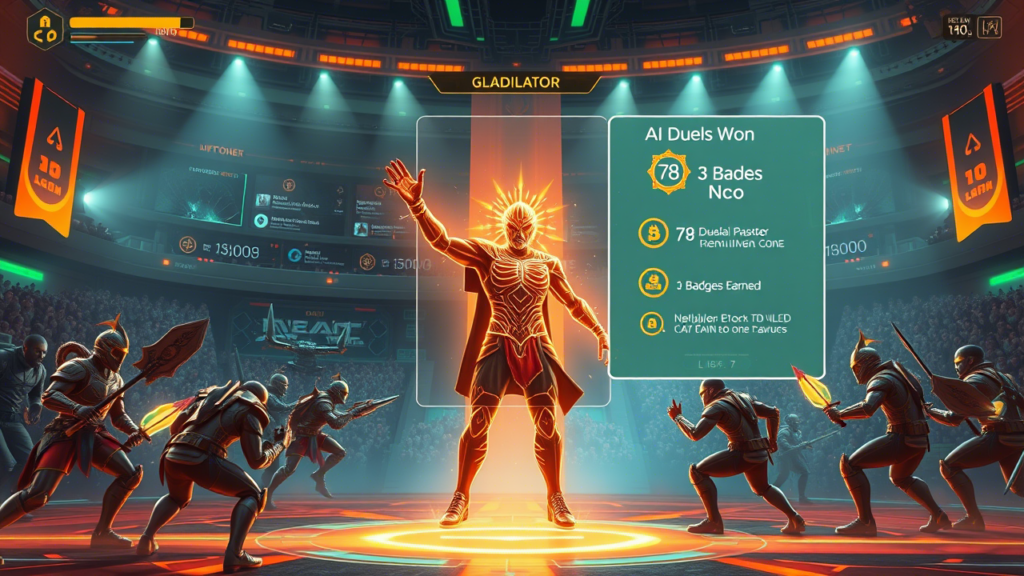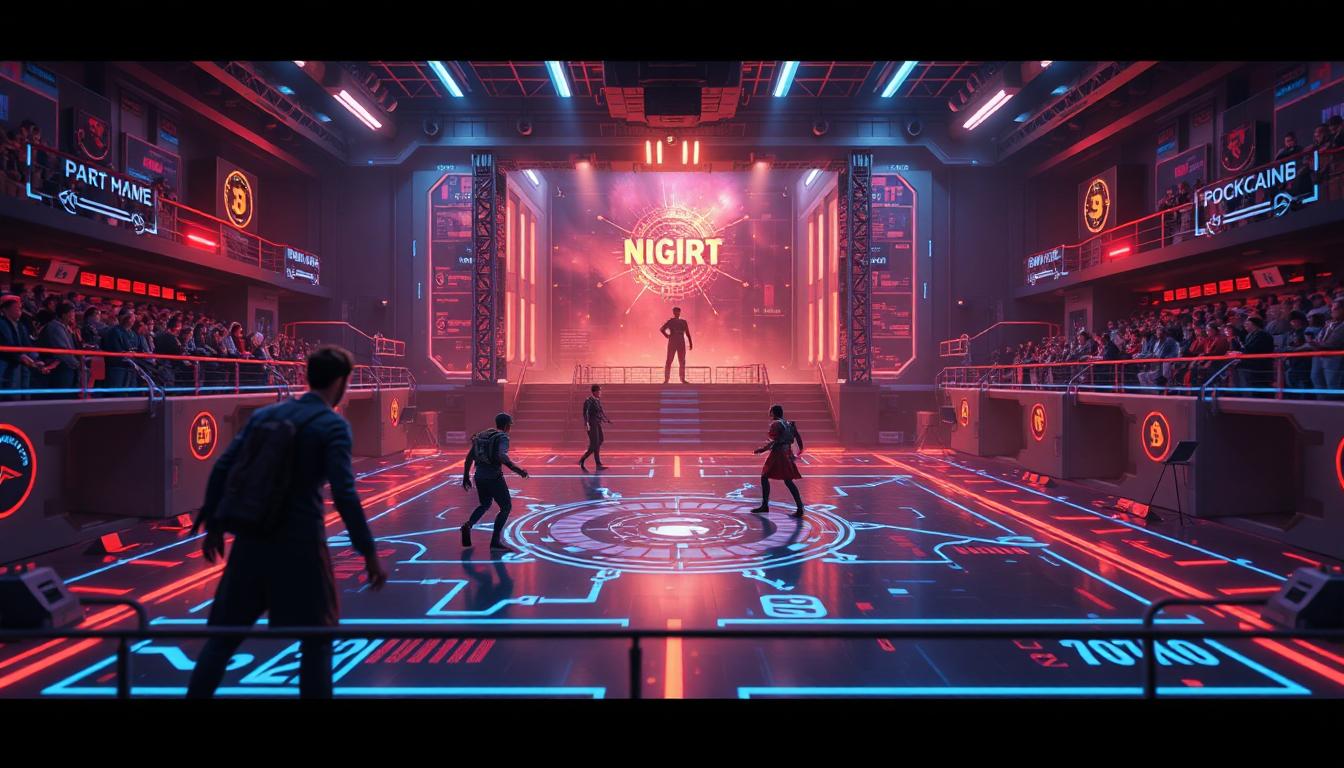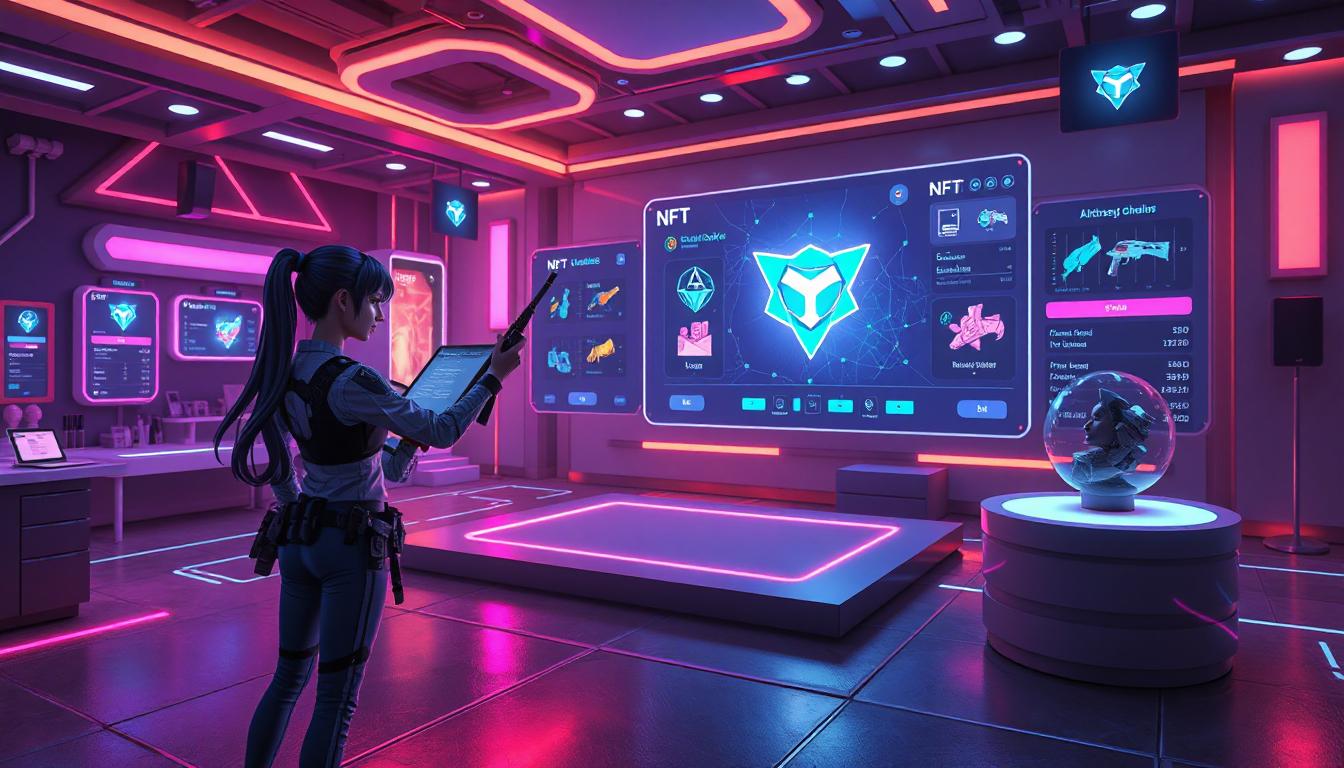
Game Developers in a Decentralized Ecosystem: A Guide to Navigating the Future of Gaming and Blockchain Technology
Are you prepared for the paradigm shift in the gaming ecosystem? How about this—blockchain in gaming is not a trend, but the infrastructure, where the future of gaming will be built? With terms like NFTs in games, tokenizing of assets, and play-to-earn models dominating the headlines, one can’t help but ask: Is decentralized gaming the endgame?
So, everything from smart contracts in gaming to the advent of crypto games signals the dawn of a new generation of gaming where ownership, identity, and rewards are reimagined from the ground up. In this article, we break down how blockchain technology is changing the landscape of interactive entertainment, share fact-rich case studies of projects on the cutting edge, and prepare game developers with the tools to stay ahead.
When Blockchain Meets Gaming: New Era for the Digital Economy
Video game makers have long dabbled with innovation — but on blockchain technology, they’re entering into a full-blown relationship.
However, according to Dapp Radar’s 2024 report, blockchain-generated games raised $2.7 billion in funding during 2023 alone, representing 38% of all blockchain-associated chains across all industries. Even more impressive is the number of unique active wallets (UAWs): In Q3 2023, blockchain games engaged more than 1.1 million daily UAWs.
These aren’t trifling experiments — they are the backbone of a new digital economy in gaming. Games no longer trap assets inside their servers; decentralized marketplaces now enable the free trading of tokenized digital assets like skins, characters, and even blocks of land.
Game AI: The Guild Leaders in the Age of Decentralization in Multiplayer
AI bots in multiplayer games are increasingly able to tap into decentralized systems, sparking new forms of interactivity. Because of this, we can create AI-enhanced non-playable characters (NPCs) that persist and manifest a wide array of on-chain, Boolean logic-driven behaviors. It implies even NPCs can grow, gain reputation, and join DAOs.
This goes from the practical as well, for instance, projects such as Altered State Machine (ASM) are already building AI-powered NFTs that adapt and learn with how you play, bringing intelligence to your digital assets.
Now think: on-chain, immutably stored histories of AI-controlled gladiators in a PvP arena. Would you believe in an AI warrior who’s won 78 duels and received 3 badges on a public ledger?
It is the marriage of AI and blockchain that goes way beyond expectations and is opening the doors to playerless eSports and programmability of in-game economies.

Counterintuitive: Venture Studios And Tokenized Game Development
Next Gen Workflows: Venture Studios. Same in gaming, the emergence of venture studios is changing dev workflows. These studios provide funding, creative direction, and blockchain integration strategies, making it easy for smaller developers to create blockchain-based games with minimal technical overhead.
One standout is GAM3S. GG, a Web3 game discovery platform, launched a $20M ecosystem fund to onboard studios with blockchain tools faster.
Platforms such as Immutable, Gala Games, and Mythical Games even provide developer SDKs to abstract away the complexities of integrating smart contracts, tokenomics, and asset marketplaces—meaning developers can tokenise their assets without needing to know how to write Solidity.
You will need to adapt to the risk of gaming companies adopting at least one live service source with blockchain or Web3 framework, as indicated by a September 2022 estimate from Gartner that anticipated that the number of such organizations would outperform 40% by 2026.
On-chain marketing: The next age of game marketing and community building
Marketing in traditional models is a cost center. In Web3 gaming, they are an economy.
The game marketing strategy of a new era in blockchain gaming transforms NFT drops, token-gated event participation, and Discord-based DAO governance from simple community tools into gamified acquisition funnels.
Star Atlas, a blockchain-based MMORPG, is a case in point, as they tapped social gaming through Discord to sell more than $200 million in digital assets (and keep their 250 K-member community involved in everything from governance votes to lore-based ARGs.
Now, developers are flipping marketing into play with “airdrop quests” and interactive metaverse missions. The divide between in-game economies and marketing funnels has officially vanished.
NFTs in the metaverse: from digital collectibles to utility assets
The skepticism surrounding NFTs in games appears to have started to recede as developers pivot from pure collectibles to more utility-based NFTs.
In Illuvium, all NFTs are battle companions, each with its statistics and paths for progression — you can strategically augment your Pokémon in PvP gameplay. During its alpha launch, Illuvium achieved NFT land sales of $72 million, according to Nansen.
These NFTs are not just cosmetic — players can breed, trade, and even rent these programmable assets.The reader should remember that your monetary assets in the metaverse or blockchain world are cross-platform citizens with metadata and transaction history following them from one virtual world to the next.
It’s not just about “owning a sword”—it’s about owning a revenue-generating, interoperable , and appreciating asset.
Regulation, Scalability, and UX: What Are the Real Challenges to Blockchain Game Development?
While there is hype, blockchain gaming also has challenges.
- Gas fees and latency continue to spoil real-time action games.
- AYFF Finds AAA studios remain deterred by regulatory ambiguity around NFTs & token economies
- Intuitive UX/UI is a big hurdle for non-Digi natives.
But layer 2 modern solutions like Arbitrum and Polygon are exponentially increasing scalability and wallet-less on-boarding models (e.g., Magic Link or Sequence) are seeking to minimize friction.
Pressure on governments is building to set out clear frameworks, especially with reports suggesting blockchain game-related NFT trades for 2023 have amounted to over $9.2 billion.
This is why, as the ecosystem grows, the future of gaming is invisible blockchain experiences — games where players participate in tokenized economies without ever realizing that they’re interacting with smart contracts.
The Bottom Line: Blockchain is Restructuring the Gaming Ecosystem
This transformative moment is redefining games’ nature, who makes games, and who profits from games through the convergence of blockchain technology, decentralized gaming, and digital asset ownership. This represents a challenge and an opportunity for game developers.
Developers are no longer bound by centralized publishing pipelines or 2D monetization. This means they can create crypto games, facilitate in-game economies, and offer players true ownership with smart contracts in gaming.
But realizing this future requires a new thinking of design, ethics, and economics. As we’ve illustrated — through case studies, authoritative statistics, early-mover success stories — those who adapt today will dictate tomorrow.
What do you think? Is it time to develop on-chain games, sustain them with AI, and reward users beyond the screen?
Q&A
Q1: In what way are NFTs used in blockchain gaming?
A2: NFTs are digital assets that have real utility — characters, items, land, anything from the digital world that is interoperable, tradable, and player-owned economies.
Q2: What are the pain points or difficulties with blockchain games?
A3: One of the biggest issues is regulatory uncertainty, followed by poor UX, then high transaction costs, then scalability, with the former 4 being actively tackled by L2s and better design.
Sources:
Statista, DappRadar, Newzoo, Forbes, Chainlink, Unity Blog, Cointelegraph, Animoca Brands, Accenture Report


